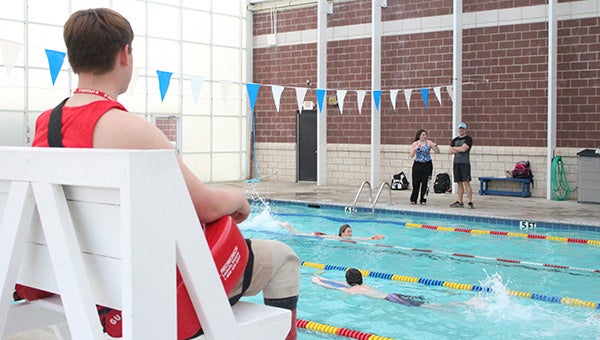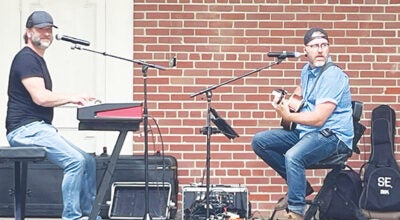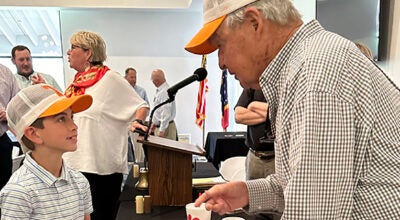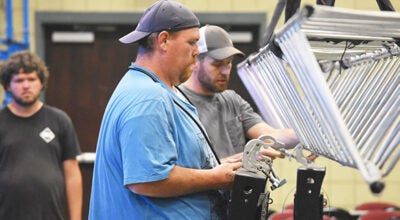Lifeguard’s job more than just watching for danger
Published 10:16 am Wednesday, March 30, 2016

- NOT JUST A BABYSITTER: Chance Bishop watches on as children kick their feet up and down the lanes of the Purks YMCA swimming pool Tuesday evening.
As summer looms in the next few months and pools begin to open, it’s going to be the responsibility of several in the community to stand by in case of an emergency.
Sylvia Gurtowski’s lifeguard classes at the Purks YMCA began Monday and require students to prove their swimming and safety skills. Gurtowski’s been a lifeguard since 1993 and has never had to perform CPR.
The fundamental attitudes of a lifeguard entail being a strong swimmer, being able to recognize safety hazards, a sense of responsibility, good character, want to help the community and maturity.
“They cannot play around,” Gurtowski said.
In order to take the class, participants must be 15 years old; however, Gurtowski said some facilities don’t hire lifeguards until they’re at least 16 years old, citing maturity purposes.
“Being a lifeguard is more than being a babysitter at a pool. They’re highly skilled people,” Gurtowski said. “They have the skills and skillset to be able to help someone in life-threatening emergencies.”
Students in Gurtowski’s class learn patron and facility safety, emergency action plans, first aid and CPR, and how to use an automated external defibrillator. Her classes run from 6 to 8:45 p.m. Monday through Friday for two weeks, completing 28 hours of classroom and pool work.
Students are evaluated on their swimming abilities as well.
“They have to be able to swim a 300-yard swim. Swim with a brick for 25 yards and tread water for two minutes using no hands,” Gurtowski said.
The two required strokes to know are the front crawl, or freestyle, and the breaststroke. Gurtowski added that it doesn’t hurt to know the elementary backstroke as it could come in handy.
Upon completion of the class, students receive all required certification including lifeguarding, CPR, AED and First Aid. Gurtowski said each certification is good for two years.
At the front of the list of a lifeguard’s responsibilities is patron safety, followed by facility safety.
“Your surroundings have to be safe. You don’t want any unsafe behaviors or issues to pop up while you’re on duty,” Gurtowski said. “Lifeguards are taught to be safe for themselves.”
Gurtowski added that a big part of lifeguarding is preventive lifeguarding.
“If a lifeguard appears to be sitting, a lot of times that means he’s just doing his job,” Gurtowski said. “He’s got everything safe so he can watch his waters and his swimmers. It’s a very intense course, it’s a very intense job and it can be very stressful.”





